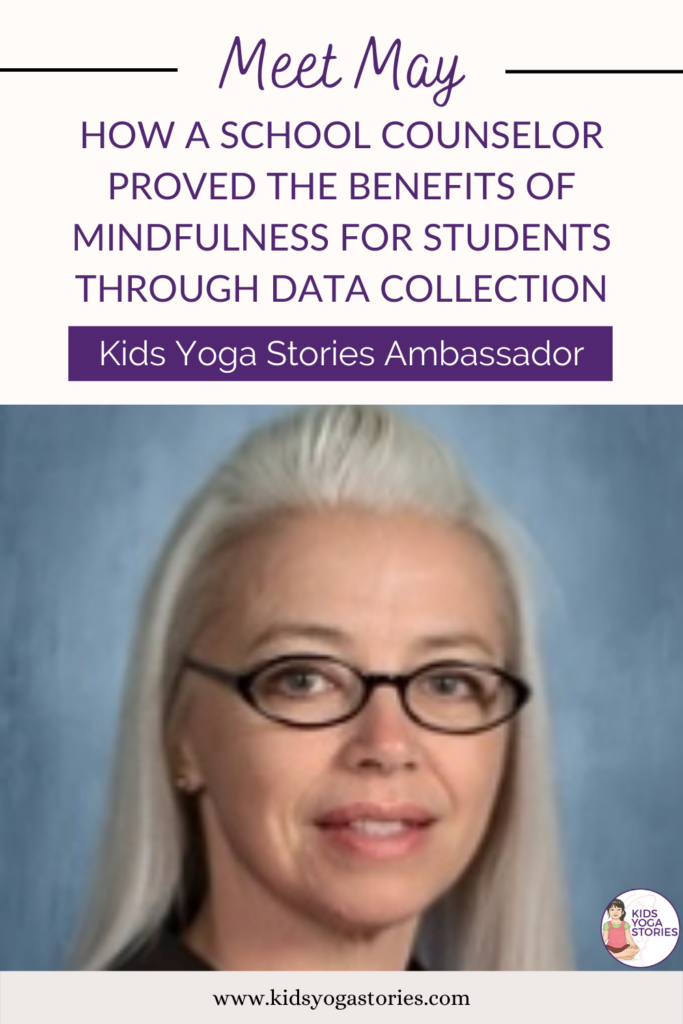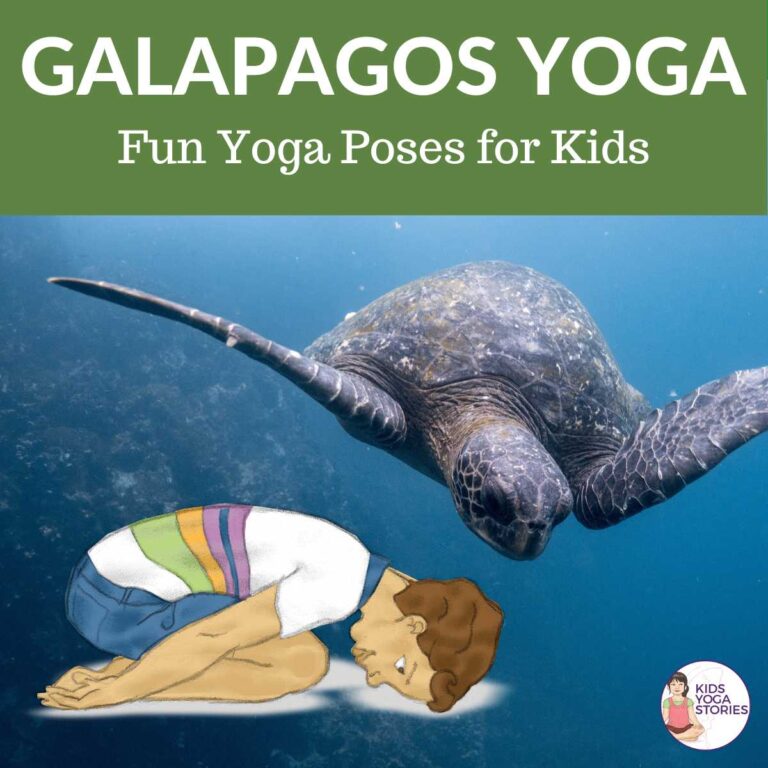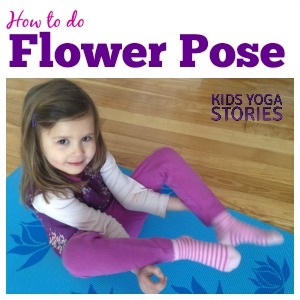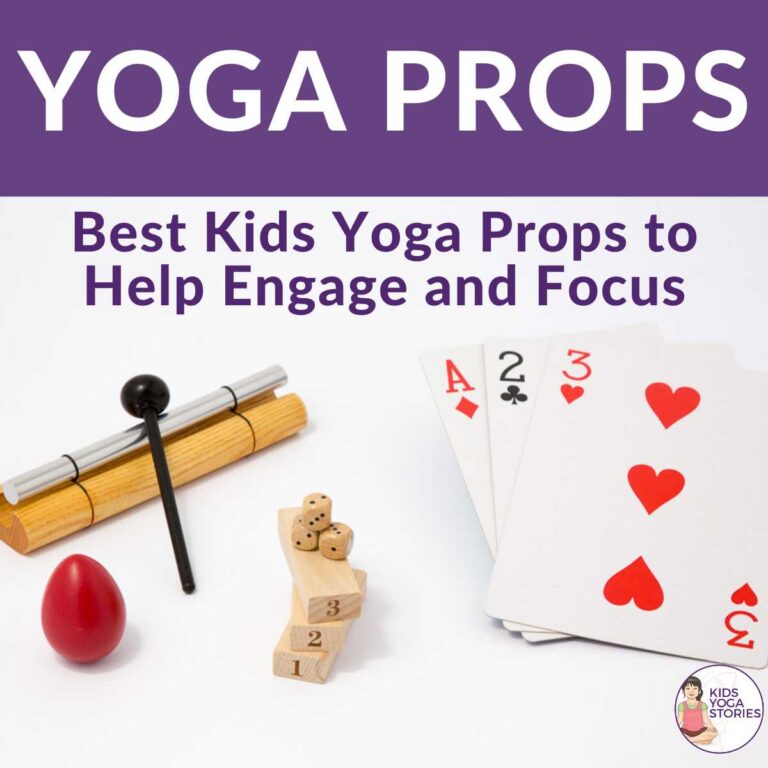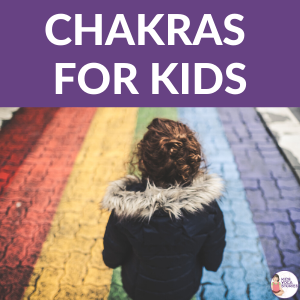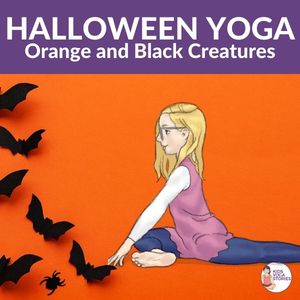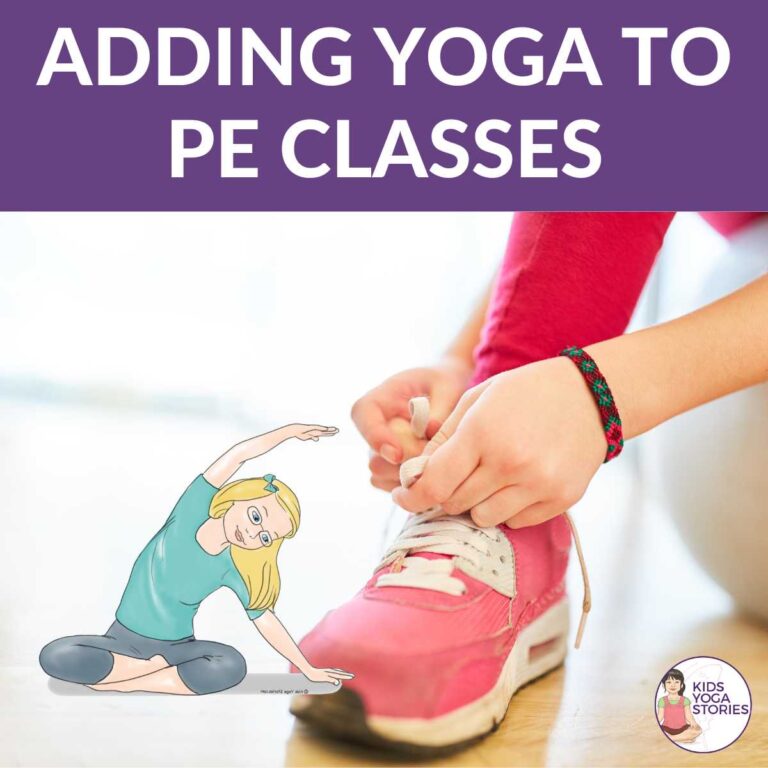How a School Counselor Proved the Benefits of Mindfulness for Students through Data Collection
Today, we would love to introduce you to one of our Kids Yoga Stories Ambassadors, May Murray, who explains how she used surveys to prove the benefits of mindfulness for her students. She is a school counselor in a public school in Aurora, Colorado.
In this video below, May shares how she used our Mindful Kids resources to help her community add mindfulness into their day and reach their school goals. Their mindfulness goal was:
“The percentage of students able to identify their current level of comfort and safety in their body and brain and be able to name at least one tool that they know will help them to reach the level of comfort/safety they desire will increase by at least 20%.”
May used our grab-and-go Mindful Kids in 10 Minutes a Day resources (Pre-K to 2nd and 3rd to 5th) to create mindful moment videos, which she shared with twenty-three classrooms at her elementary school. Following the mindful activities in the resources, she shared breathing exercises, movement activities, mindfulness ideas, coloring pages, and yoga games.
May also recognized that in schools, we need to provide evidence that what we do is beneficial for the students, so she collected data throughout the year.
1. QUALITATIVE DATA: FEEDBACK FROM STUDENTS
In terms of qualitative data, May got feedback from the students when they would come up to her at lunch time to share what mindful moment they had learned that day or they would give her that day’s mindful coloring page to hang up in her office.
FREE CALM CLASSROOM POSTERS
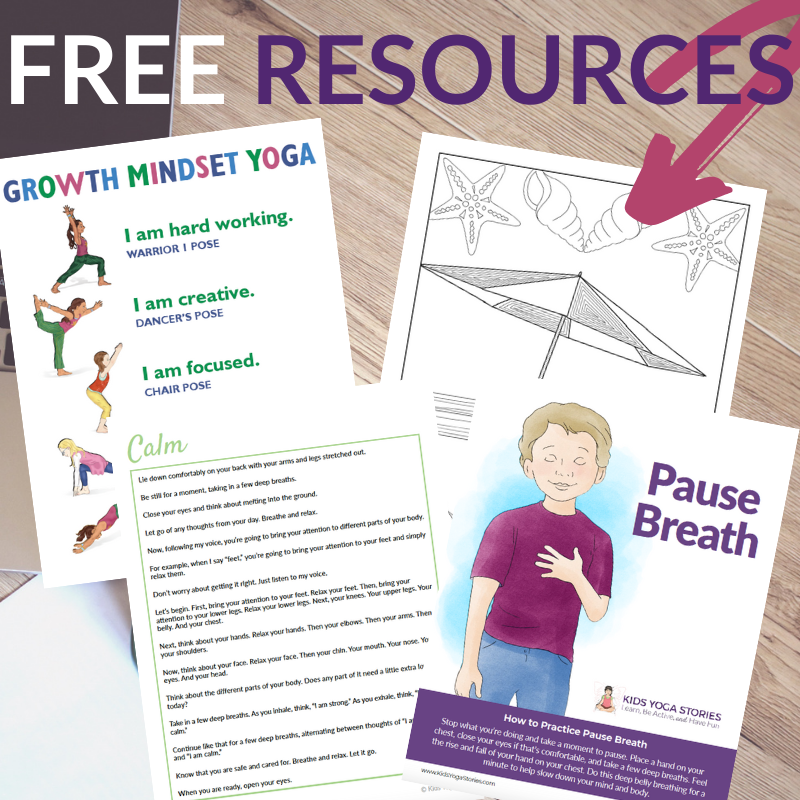
Bring the calming power of breath exercises to your classroom today!
Download these posters to share with your kids and as a little reminder for yourself to breathe!
2. QUANTITATIVE DATA: SURVEY COLLECTION
In terms of quantitative data collection, all the children were asked at the beginning of the year in a survey whether they could identify a big emotion:
- 39.2% of student said they could identify their emotions (what it was and how to rate it)
- 60.3% of students said they could not identify their emotions
At the end of the year, they found a 47.4% increase in students being able to identify their big emotions!
- 85.6% of student said they could identify their emotions (what it was and how to rate it)
- 12.9% of students said they could not identify their emotions
As students learned to be mindful, they were first able to identify their emotions, take a pause, and then learn coping strategies to manage those big emotions in a healthy, productive way.
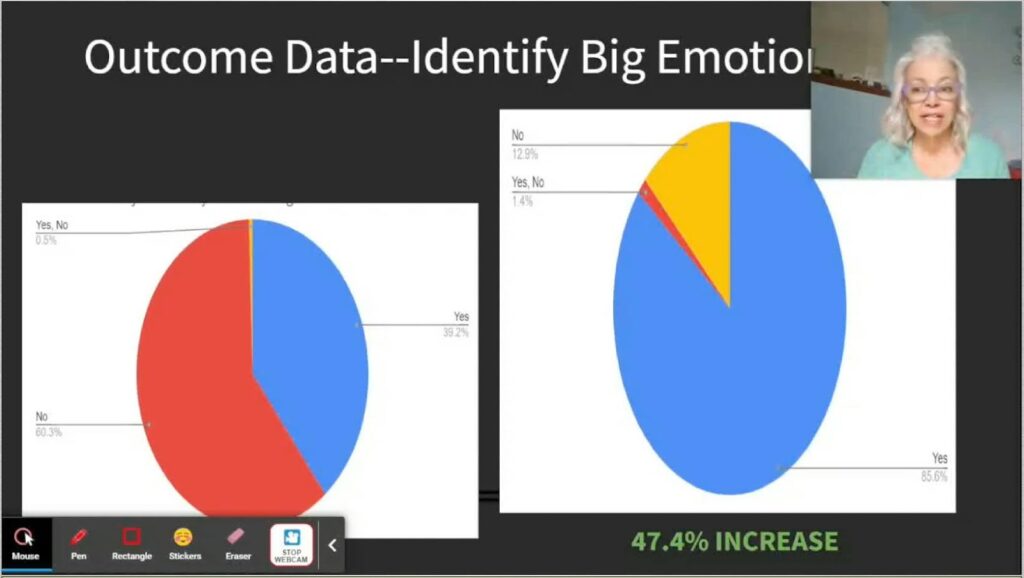
May also did the same data collection for figuring out if children could identify a skill that would help them regulate their big emotions and be able to re-engage in their learning community.
Through surveys, there was a 53.5% increase in skill identification of how to regulate their big emotions (all of which were related to the mindfulness activities in the Mindful Kids in 10 Minutes a Day resources).
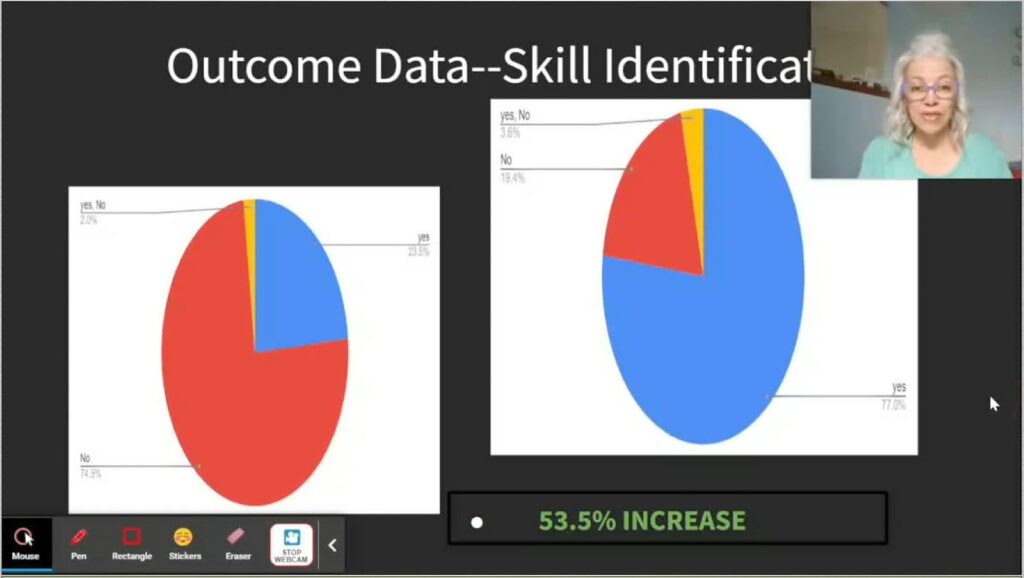
May explains in her video that this is so incredibly important for her school community because her students know how to identify their big emotions, they can honor their emotions, they can regulate their emotions, and then return to their community.
And because they are practicing these mindfulness activities with the teachers, families, caregivers, school staff, and students, the whole community can regulate on their own, regulate together, and support one another so that they can be happy, healthy, and safe together!
3. FEDERAL FUNDING FOR MINDFULNESS RESOURCES
May worked with the grants department in her school district to access the federal Covid Relief Funds (ESSER) to pay for the mindfulness resources that she used in her school to meet their school goals.
Her school also purchased 25 of our Breathing Cards for Kids so that each classroom could have their own physical card deck to practice breathing exercises regularly.
For more ideas on how to find funds for your yoga and mindfulness programs, check out “How to Find Funding for School Yoga Programs” here.
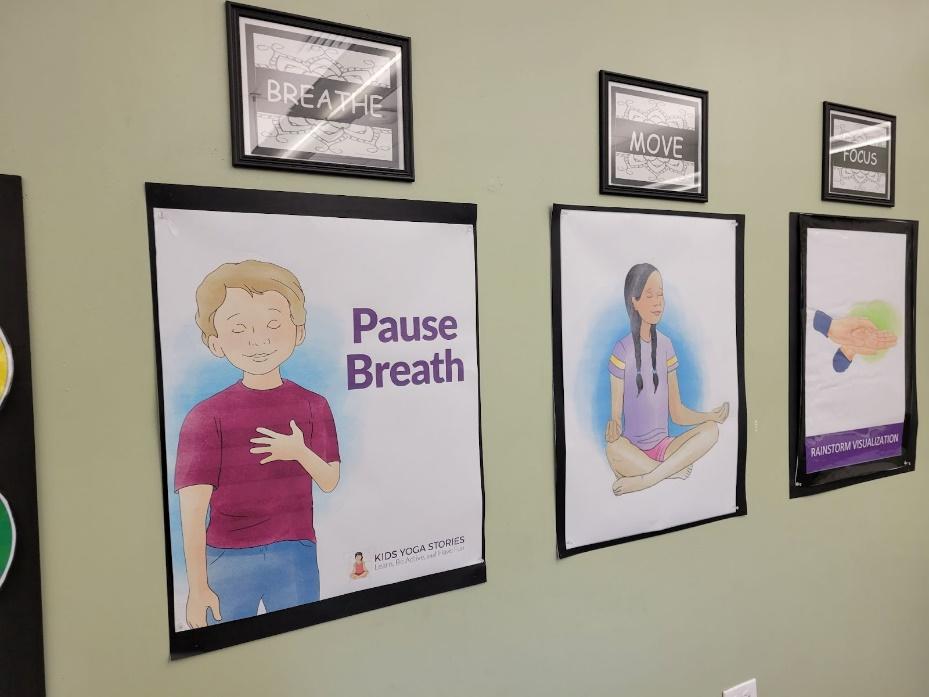
4. A STUDENT SUCCESS STORY
May shared a story of a student who used one of our breathing exercise posters to regulate his emotions:
“As the school year winds down (or starts up), big feelings often crop up! Helping students to acknowledge, name, and regulate their emotions has been our focus this week. The Pause Breath is a simple, easy-to-do technique that students can take on by themselves.
Students can use Pause Breath as a whole class, to begin a small group, at their individual work, and even in our regulation stations! Students reported that they could feel their bodies relaxing and their breath slowing down!
I wanted to share a success story using the Pause Breath poster! It’s only been a week, and it has worked with my most challenging student!
A student was angry and kicked me under the table. I said, “I can see that you are angry. Is that correct? Are you angry?” The student nodded. I said, “I am too. How about both of us go to the Pause Breath poster and practice to help us calm down?” He nodded again, and I followed him over to the poster.
I gave him a three-minute timer, and we practiced. When the buzzer went off, we talked about what had happened, how we felt, and how to be safer and more mindful in the future. He cleaned everything up and got back to his small group work. We both felt so much more regulated!”
*Please note that we at Kids Yoga Stories did not ask May to do this quantitative data collection using our Mindful Kids resources. This initiative was done completely by May and her colleagues. We couldn’t be happier for their school community to have implemented mindfulness across their school, while also proving the benefits of the work to the health and wellbeing of the children!
MAY WE SUGGEST
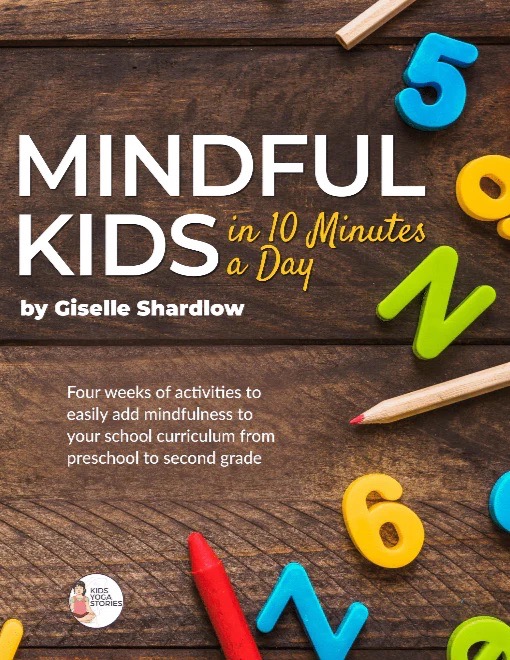
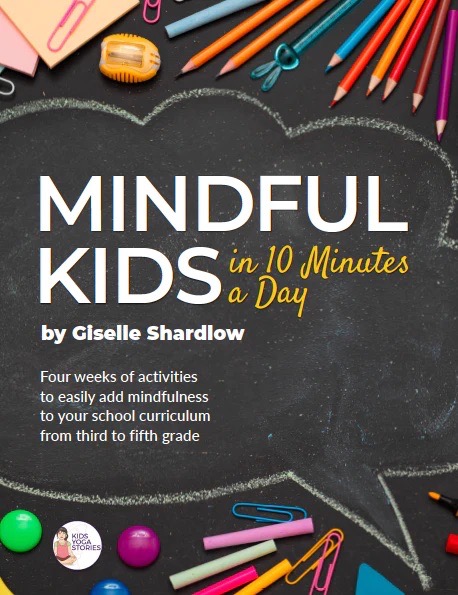
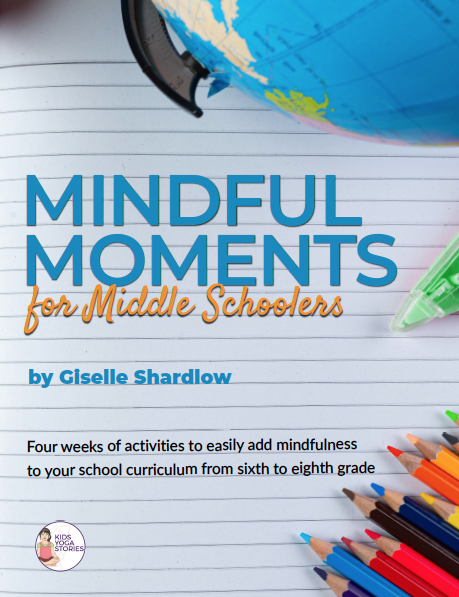
PIN IT FOR LATER
